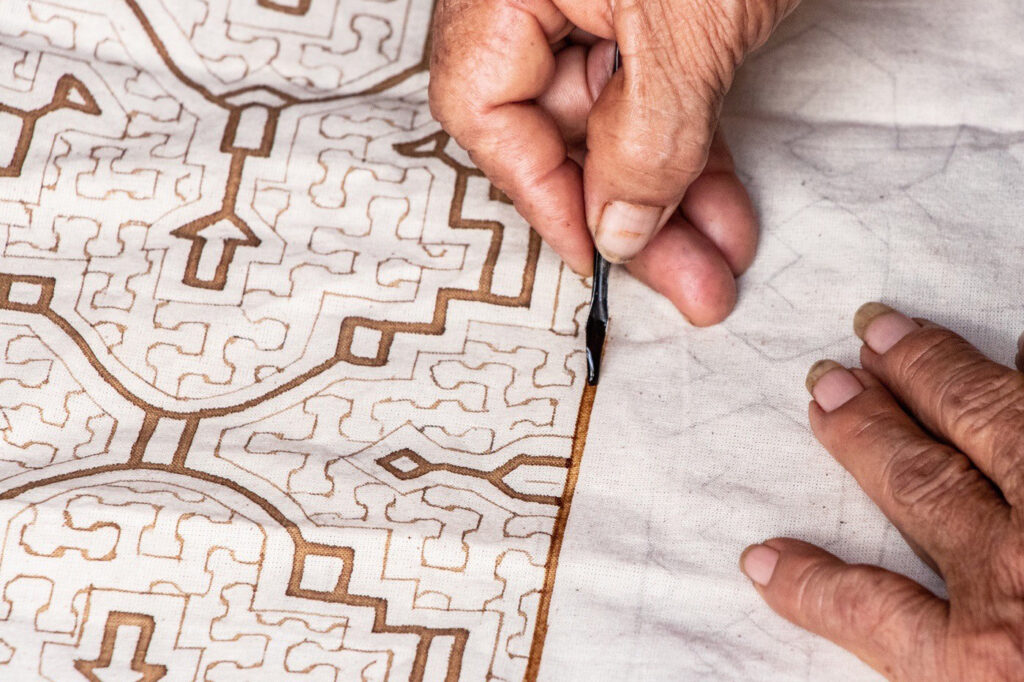
[tta_listen_btn listen_text="Click to listen to this story" pause_text="Pause" resume_text="Resume" replay_text="Replay" start_text="Start" stop_text="Stop"]
Long before the invention of the typewriter or the telephone, and even before humankind had a functioning alphabet, communication was taking place through textile craft. Ganaele Langlois, a professor in York University's Department of Communication & Media Studies, has published a new book exploring just that – the often-ignored transformative communicative capacities of traditional textiles.


How Textile Communicates: from Codes to Cosmotechnics (Bloomsbury, 2024) is a thought-provoking contribution to the fields of both fashion and communication studies, challenging readers' preconceptions and shining new light on the profound impact of textiles on human communication.
Textile, Langlois explains, has been used as a medium of communication since the prehistoric period. Up until the 19th century, civilizations throughout the world manipulated thread and fabric to communicate in a way that she believes would astound many of us now.
"We often think of the digital as something that is brand new and contemporary, but the fact is that digital modes of communication such as textile weaving, knitting, lace-making, and so on have existed and been used as means of communication and information storage long before the invention of the alphabet," says Langlois.
In the book, she dissects textile's unique capacity for communication through a range of global case studies, before examining the profound impact of colonialism on textile practice and the appropriation of the medium by capitalist systems.
"I was intrigued as to why in my own field, communication and media studies, textile has never received the same in-depth treatment as other media," she says. "I explain the reasons for this in this book – mostly related to colonialism and capitalist appropriation – and explore how traditional textile practices continue their important and unique work of communication today."
